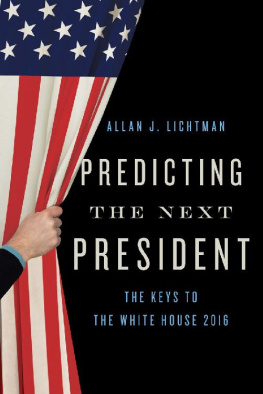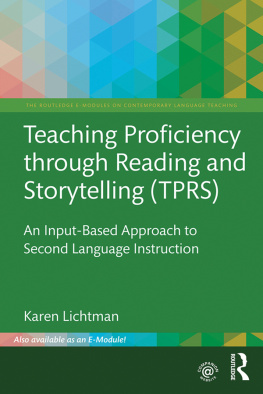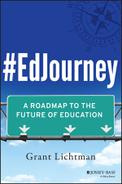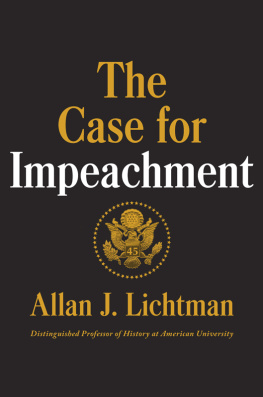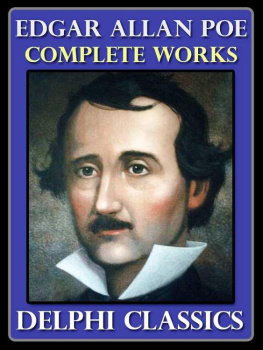Allan Lichtman - Predicting the Next President
Here you can read online Allan Lichtman - Predicting the Next President full text of the book (entire story) in english for free. Download pdf and epub, get meaning, cover and reviews about this ebook. year: 2016, publisher: ROWMAN & LITTLEFIELD, genre: History / Science. Description of the work, (preface) as well as reviews are available. Best literature library LitArk.com created for fans of good reading and offers a wide selection of genres:
Romance novel
Science fiction
Adventure
Detective
Science
History
Home and family
Prose
Art
Politics
Computer
Non-fiction
Religion
Business
Children
Humor
Choose a favorite category and find really read worthwhile books. Enjoy immersion in the world of imagination, feel the emotions of the characters or learn something new for yourself, make an fascinating discovery.
- Book:Predicting the Next President
- Author:
- Publisher:ROWMAN & LITTLEFIELD
- Genre:
- Year:2016
- Rating:4 / 5
- Favourites:Add to favourites
- Your mark:
- 80
- 1
- 2
- 3
- 4
- 5
Predicting the Next President: summary, description and annotation
We offer to read an annotation, description, summary or preface (depends on what the author of the book "Predicting the Next President" wrote himself). If you haven't found the necessary information about the book — write in the comments, we will try to find it.
Predicting the Next President — read online for free the complete book (whole text) full work
Below is the text of the book, divided by pages. System saving the place of the last page read, allows you to conveniently read the book "Predicting the Next President" online for free, without having to search again every time where you left off. Put a bookmark, and you can go to the page where you finished reading at any time.
Font size:
Interval:
Bookmark:
The Keys to the White House
2016 EDITION
Allan J. Lichtman
ROWMAN & LITTLEFIELD
LanhamBoulderNew YorkLondon
Published by Rowman & Littlefield
A wholly owned subsidiary of The Rowman & Littlefield Publishing Group, Inc.
4501 Forbes Boulevard, Suite 200, Lanham, Maryland 20706
www.rowman.com
Unit A, Whitacre Mews, 26-34 Stannary Street, London SE11 4AB
Copyright 2016 by Rowman & Littlefield
All rights reserved. No part of this book may be reproduced in any form or by any electronic or mechanical means, including information storage and retrieval systems, without written permission from the publisher, except by a reviewer who may quote passages in a review.
British Library Cataloguing in Publication Information Available
Library of Congress Cataloging-in-Publication Data
Names: Lichtman, Allan J., author.
Title: Predicting the next president : the keys to the White House / Allan J. Lichtman.
Other titles: Keys to the White House
Description: 2016 edition. | Lanham, Maryland : Rowman & Littlefield, 2016. | Includes bibliographical references and index.
Identifiers: LCCN 2016012580 (print) | LCCN 2016013539 (ebook) | ISBN 9781442269200 (cloth : alk. paper) | ISBN 9781442269217 (Electronic)
Subjects: LCSH: PresidentsUnited StatesElectionForecasting. | PresidentsUnited StatesElectionHistory. | Election forecastingUnited States. | Political indicatorsUnited States.
Classification: LCC JK524 .L525 2016 (print) | LCC JK524 (ebook) | DDC 324.973/0932dc23
LC record available at http://lccn.loc.gov/2016012580
 The paper used in this publication meets the minimum requirements of American National Standard for Information SciencesPermanence of Paper for Printed Library Materials, ANSI/NISO Z39.48-1992.
The paper used in this publication meets the minimum requirements of American National Standard for Information SciencesPermanence of Paper for Printed Library Materials, ANSI/NISO Z39.48-1992.
Printed in the United States of America
Since the disputed American presidential contest of 2000, citizens of the worlds oldest ongoing democracy have keenly focused on assuring that their votes are fully and fairly counted in elections. In 2000, for the first time since Benjamin Harrison defeated Grover Cleveland in 1888, the winner of the popular vote lost the electoral college tally that decides presidential elections in the United States. Vice President Al Gore, the Democratic nominee, prevailed in the popular vote over his Republican opponent, Texas Governor George W. Bush, by some 544,000 votes, exceeding the nationwide margin of victory for John F. Kennedy over Richard Nixon in 1960 or Richard Nixon over Hubert Humphrey in 1968. Yet George W. Bush carried the electoral college and became president-elect when the United States Supreme Court halted a vote recount in Florida, with Bush leading Gore by 537 votes out of nearly 6 million votes cast in the state. Bush earned all twenty-five of Floridas electoral college votes and a narrow electoral college majority of 271 votes to 266 votes for Gore.
The circumstances of Bushs eyelash victory in Florida raised serious questions about whether the states election had accurately reflected the intent of Floridas voters. In an election decided by fewer than 600 votes, election officials in Florida rejected some 180,000 ballots as invalidnearly 3 percent of all votes cast in the presidential election. Most rejected ballots were not under-votes in which no apparent vote was tallied for president, but over-votes in which more than one vote for president appeared to have been recorded on the ballot. Ballot rejection fell with special force on African American voters. Election officials discarded more than one out of every ten votes cast by African Americans, compared to less than one out of every fifty votes cast by whites. If the rate of ballot rejection had been equal for blacks and whites, more than 50,000 additional ballots cast by blacks would have been counted in the election.
In the wake of the 2000 election, Florida upgraded its voting system by replacing outmoded punch card technology with the new electronic voting machines. But punch cards remain in use in other states, including the crucial swing state of Ohio, and computer scientists have raised questions about the security and verifiability of votes cast using electronic technology. Congress recognized the importance of protecting the integrity of American democracy when it passed the Help America Vote Act of 2002, which set up a new Electoral Assistance Commission to help the states reform their electoral systems. The work of the Commission is ongoing and will continue for many years, especially given the limited funding available and Americas decentralized electoral system, where procedures differ across states and among localities within states. In 2005, former President Jimmy Carter and Republican James S. Baker III formed the independent Commission on Electoral Reform organized under the auspices of American Universitys Center for Democracy and Electoral Management. In Carters words, We will try to define an electoral system for the twenty-first century that will make Americans proud again.
This renewed focus on the American democratic process highlights the importance of understandingnot just mechanically, but also substantivelyhow elections really work in the United States, especially Americas crucial quadrennial contests for its president, the most powerful leader in todays world. A properly functioning democracy demands not only fair and accurate systems for voting, but also a candid and wide-ranging exploration of crucial issues and ideas by the presidential candidates and their parties. Yet every four years Americans are subjected to shallow and even offensive campaigns for president. Nothing changes from one election to the next, because the media, the candidates, the pollsters, and the consultants are complicit in the idea that elections are exercises in manipulating voters and in giving us negative campaigns, bland and scripted lines, and meaningless debates. We will not reform our politics and get meaningful participation by the American people until we realize that presidential elections turn on how well an administration has governed the country, not on how well candidates have performed in the campaign.
If candidates and the media could come to understand that governing, not campaigning, counts in presidential elections, we could have a newkind of presidential politics. Presidential aspirants could abandon attack ads and instead articulate forthrightly and concretely what Americans should be accomplishing during the next four years. Candidates could bring the public back into presidential elections by using campaigns to build grassroots support for the policy agenda they would follow if elected president. And incumbent presidents could prepare for upcoming elections by focusing on the stewardship of the country, not the politics of campaigns.
The study of history shows that a pragmatic American electorate chooses a president according to the performance of the party holding the White House, as measured by the consequential events and episodes of a termeconomic boom and bust, foreign policy successes and failures, social unrest, scandal, and policy innovation. If the nation fares well during the term of the incumbent party, that party wins another four years in office; otherwise, the challenging party prevails. Nothing that a candidate has said or done during a campaign, when the public discounts everything as political, has changed his prospects at the polls. Debates, advertising, television appearances, news coverage, and campaign strategiesthe usual grist for the punditry millscount for virtually nothing on Election Day. The only issues that matter are the ones for which the results are already in before the campaign begins. Thus, the fate of an incumbent party is largely in its own hands; there is little that the challenging party can do through politics as usual to influence the outcome of a presidential election.
Font size:
Interval:
Bookmark:
Similar books «Predicting the Next President»
Look at similar books to Predicting the Next President. We have selected literature similar in name and meaning in the hope of providing readers with more options to find new, interesting, not yet read works.
Discussion, reviews of the book Predicting the Next President and just readers' own opinions. Leave your comments, write what you think about the work, its meaning or the main characters. Specify what exactly you liked and what you didn't like, and why you think so.

